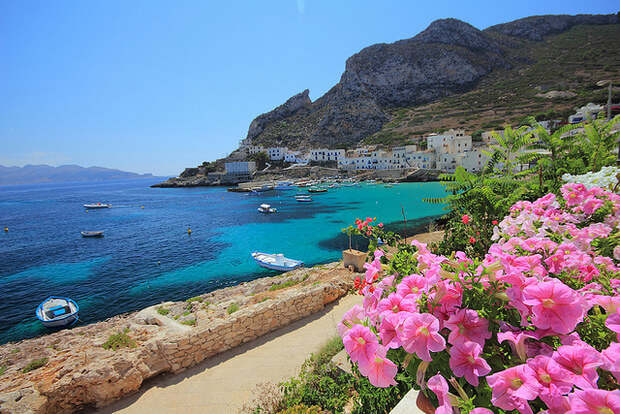If you’re a wheelchair user who’s intending to visit Italy then you may have some concerns over accessibility. Some parts of this country such as the rural areas and the islands may present certain challenges and there are a few points to remember when visiting those popular sightseeing attractions.
The logistical issues of traveling to Italian destinations in a wheelchair can at times be frustrating but here are some tips for planning a trip to Italy that might make for a more stress-free vacation.
Travel considerations
European law states that airports must offer assistance to travelers with reduced mobility. The airline you travel with should inform your departure and arrival airport that you are using a wheelchair and will provide en route assistance. If you’re from the United Kingdom and plan to drive in Italy you’ll find that this country recognizes the blue badge disabled parking rules.
Accessibility maps
Traveling around any new city can be problematic, especially with the ubiquitous barriers at the main tourist sites. This is where city accessibility maps are a must and destinations such as Venice, Florence and Rome will have maps detailing barrier-free zones, bridge stair-lifts, steep streets and hills. In locations such as Venice, where water-taxis are the most popular way to get around, you’ll find that staff will help when it comes to boarding and disembarking the vaporetti (waterbuses).
Tourist attractions
Large crowds and queues can be a problem when visiting popular attractions. Wheelchair users should phone first to ask about guided tour options and make sure that accessible tours are available. This is a good way to beat the queues. Those with a disability will often receive discounted prices on entrance fees (and so can the carers). Remember that reserving a ticket either online or by phone is one of the best ways to avoid those long lines and your hotel receptionist should also be able to provide information and help. For more information about what to do in Rome, check out this great travel guide.
Visiting the islands
The major Italian cities should be geared up to provide assistance to wheelchair users but this isn’t always the case on islands such as Sicily. A lot of the tourist attractions seem to be located at the top of steep hills or up many flights of stairs. There are, however, travel options such as tailor-made wheelchair accessible tours of Sicily via specialized companies. These tours can include a trip to Mount Etna, visiting the beautiful little fishing villages of Acitrezza and Acicastello, and exploring the medieval castle ruins at the summit of Monte Tauro.
Remember to shop around online when booking your hotel as some accommodation will offer far superior accessibility features than others and it does pay to undertake a little research. Try to ensure your hotels are located near the sights you wish to view and also check out wheelchair accessible restaurants close to your hotel — don’t be afraid to phone or email your intended hotel to ask if it’s wheelchair accessible.








Note that the bridge stair lifts in Venice (a whopping half dozen of them, in a city with over 400 bridges) are no longer in service. The bridges that are on the route of the Venice Marathon, however, are temporarily ramped for half the year starting in October.
Katja recently posted…Te Anau and Milford Sound
I adore Italy. Have been three times now and barely covered a tenth of what I want to see or eat! I think our next visit will be a road trip.
I agree that wheelchair users should call to find out if tourist attractions are wheelchair-friendly. Otherwise, they may end up in a dangerous situation. That or they’ll be miserable for having to drive it uphill.